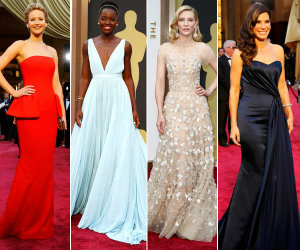These days, thinking about what was happening five years ago feels like an effort in counting by dog years. Take a minute and try to remember what music you were listening to, what clothes you were wearing, which person you were dating just five years ago.
So when I came across Johanna Blakley’s 2010 TED talk, Social Media and the End of Gender, I had to stop and watch. Blakley talks about how she believes America’s large media companies will respond to the new communities we in the public have created using social media. Blakley explains that these communities are built on shared interests and values, rather than on traditional demographic markers such as age and gender.
“So the traditional media companies, of course, are paying very close attention to these online communities…they get a lot more information about what you do online, what you like, what interests you. That’s easier for them to find out than who you are. And even though that’s still sort of creepy, there is an upside to having your taste monitored. Suddenly our taste is being respected in a way that it hasn’t been before. It had been presumed before.” – Johanna Blakley
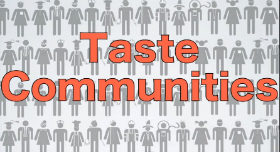
Listening to Ms. Blakley’s claims about the future of media five years later (which is more than enough time for historical context nowadays…remember, counting by dog years!), I wonder if she was right about the central claim in the quote above.
Are our tastes now being respected?
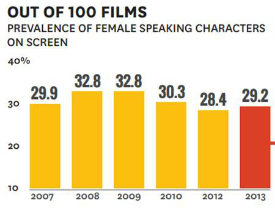
I’ll be honest, I was stunned when I saw these results from this 2014 study from the Annenberg School for Communication and Journalism at the Univ. of Southern California. I found myself using the “we’re past that” and “it can’t be still be that bad” tropes that often surface in conversations around race in America.
Yet, here I am…here we are…forced to deal with the numbers:

Some of the numbers reflect Johanna Blakley’s 2010 predictions:
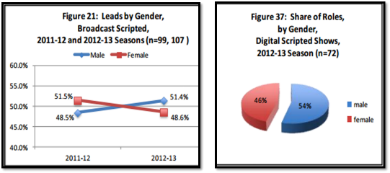
Some of the numbers reflect something else:
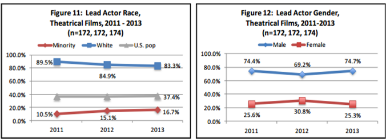
So what do we as consumers (and increasingly producers) of TV and movie entertainment do with the hopefulness of Ms. Blakley’s vision for American media on the one hand, and the current industry diversity data on the other?
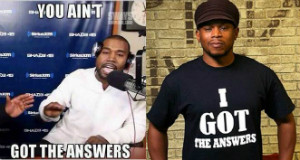
I think we have a useful starting point in The Bechdel Test, which was created years ago as an easy way to help movie viewers think about how women are being portrayed in a given film. The test is explained brilliantly in this 2-minute YouTube clip, which challenges us as moviegoers to ask three simple questions about any movie we watch:
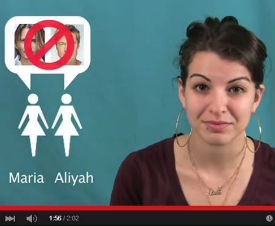
I like how straightforward and accessible this idea is. For those of you who are looking for a more in-depth analysis of the relationship between wealth, power, and constructions of gender and race in American media, there are people all over the internet (from a variety of life perspectives) who are producing excellent written, verbal, and visual work for you.
For those of you who would rather “just get to the point”, I would encourage you to use this “Mad Libs” version of the Bechdel Test as a way to invite your friends and family into this discussion:
The Bechdel Test – ClassofHC “Mad Libs” Version
1. Does {name of movie/show} have at least two named {traditionally underrepresented group} in it?
2. Do the {members of group listed in #1} talk to each other?
3. Do they talk to each other about something besides {group traditionally preferred to group listed in #1} ?
It might be better to have dinner after the movie…this conversation will take a while!
– Day G.
Host, Class of Hope & Change
